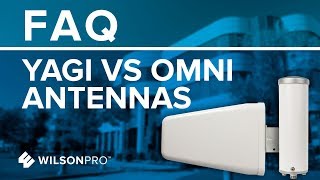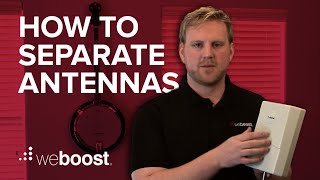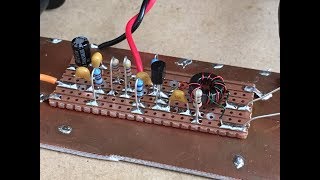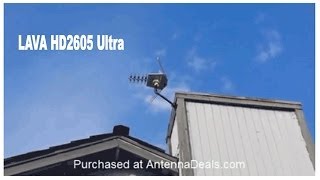Wednesday, 24 December, 2025г.
















Где искать: по сайтам Запорожской области, статьи, видео ролики
пример: покупка автомобиля в Запорожье
TV Antenna Booster | Scam or Real Deal?
Check out reviews on these items on Amazon:
Smart TVs
https://amzn.to/31a3BRm
Outdoor Antennas
https://amzn.to/3908GhB
Indoor Antennas
https://amzn.to/2OfWJMO
TV Antenna booster, good idea or waste of money? People selling antenna installations may tell you that you will need a tv antenna with amplifier to bring in a nice strong signal. For the DIY person who goes to buy an antenna, they will also be told that an hdtv antenna amplifier will ensure a strong signal to the TV. The answer is that an TV antenna booster is probably a waste of money and there is no such thing as a 150 mile TV antenna that works at that distance. There are things you can do to get the strongest signal in your location but a adding a TV signal amplifier isn’t one of them.
Here’s why. All broadcast towers are limited in power. The FCC limits the strength of digital transmissions to prevent interference with neighboring stations. Like radio signals, TV signals can only reach so far and because of this, there isn’t anything that can be done on the receiving end to boost the power.
The further the signal travels, the weaker it gets until it can’t go any further. There are really only things that can be done to capture a weak signal as long as you are within range of the signal’s viable distance. There are several factors that determine signal strength at any given point along its path. Atmospheric conditions, such as rain, lightening, snow and high humidity can affect signal strength. Physical obstacles also make a difference. Obstacles include buildings, trees, mountains or high hills and the walls of you building.
One way to avoid obstacles is to raise your antenna as high as possible, such as a roof top antenna. The size of the antenna can make a difference as well - a larger antenna can gather more signal than a smaller one but too big isn’t always better either. Keep in mind that roof top antennas are directional and need to be pointed in the direction of the broadcast towers and indoor antennas are usually omni directional and can receive a signal from all directions at the same time.
A preamp might help you if you have a weak but otherwise usable signal at the antenna. Preamplifiers and distribution amplifiers are used to 'push' the signal along a coax cable. Amplifiers do not and can not 'pull' more signal from a broadcaster tower or an antenna. The quality of the amplification will depend on the length of the cable run and the type of cable being used. If you are using a good quality cable and are less than 50 feet from the antenna to the TV, you probably won’t notice any benefit from an amplifier.
Installing an amplified indoor hdtv antenna is a waste of money. These digital antennas have a cord length of just a few feet and would not benefit from a tv signal amplifier at all. You could try a larger antenna surface and since it is an indoor antenna, you can move its position whenever you need to. There are times when a storm might cut off one of your channels but if you move the antenna - sometimes as little as a few inches - the signal will come back on. This is something you can’t easily do with an outdoor or attic antenna unless you attach an electric rotor to it which requires a very long power cord. Of course, if you attached an antenna amplifier to it, you could use the same power cord used to power the antenna booster.
Even if you go through all the effort to add a TV antenna booster, there is no guarantee that it will work. There may be channels you hope to receive now but find out that they still don’t come in. If so, it is because the channel broadcast power is just too low to reach your location and there isn’t anything you can do about it without moving closer.
Save your money and time and leave the amplifiers and boosters on the store shelf. Your best bet is to try an indoor antenna (above ground level - not in the basement) first to check your reception. If you are 30 miles or closer to the broadcast towers, you should be able to receive their signals. If you are between 30 and 50 miles away, you might be limited to the number of channels you can receive, depending if you are in a valley or on a hill.
Теги:
tv antenna booster tv antenna amplifier tv antenna with amplifier hdtv antenna amplifier best tv antenna amplifier antenna signal booster indoor antenna amplifier 150 mile tv antenna tv signal amplifier tv antenna signal signal amplifier outdoor antenna amplifier
Похожие видео
Мой аккаунт


 У вашего броузера проблема в совместимости с HTML5
У вашего броузера проблема в совместимости с HTML5


